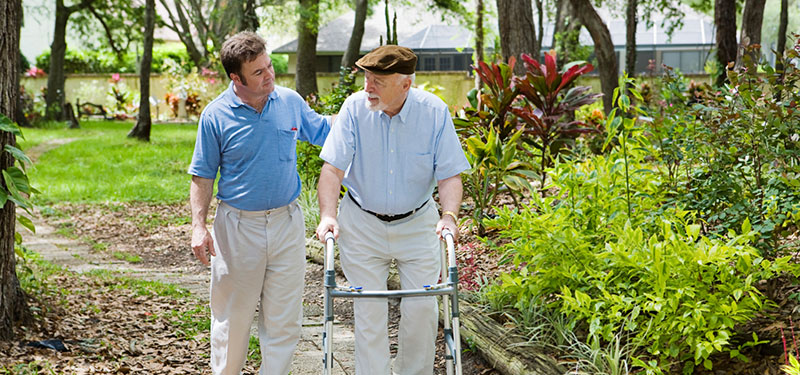
An inter-professional approach for hip fracture patients developed at Mount Sinai has paid off as a newly published study highlights the successes of our medical and orthopaedic teams.
The study, published in the Journal of Orthopedic Trauma, illustrates how a new model in which patient care is co-managed between surgeons and medical staff has been able to reduce length of stay by 6.3 days, decrease time to surgery by 16 hours, increase the time of initiation of appropriate osteoporosis treatment by 40% and decrease cost per case by almost $5000.
“Our hip fracture patients are part of a vulnerable population – they are typically medically complex and frail, with a high mortality rate,” explains Dr. Christine Soong, Hospitalist, who led the quality improvement initiative and study. “We brought together the team on 11 South to see how we could optimize care, which was quite fragmented at the time we started. We included surgeons, nurses, hospitalists, rehabilitation therapists, anesthesiologists, geriatricians, pharmacists, and social workers. What resulted was a dream team – much of the work was driven by front-line staff, who have transformed the care for our hip fracture patients.”
The team was also able to leverage the relationship with Bridgepoint Active Healthcare to streamline the discharge process for the transition team. “The hospitalist team is now also spending time at Bridgepoint, which is great because we are seeing the same patients that we were caring for at Mount Sinai,” says Dr. Soong. Sinai Health System is now a top performer in the Toronto Central LHIN and reports the lowest mortality rate for patients admitted with hip fractures in the province.
The enthusiasm for the strong performance results is equally shared by the surgical team. “Dr. Soong and our entire team should be tremendously proud of these results. It has proven that co-managing a patient between surgeons and medical experts is an effective model, is better for the patient, and more efficient for the hospital,” noted Dr. David Backstein, head of Orthopaedic Surgery.
